New Zealand drone company considerably accelerates the pace of the nation’s program to plant a billion trees by 2028.


Facepalm: Microsoft is once again advising its customers to disable Windows print spooler, after a new vulnerability that allows hackers to execute malicious code on machines has emerged. While a patch fixing the flaw will be released in due course, the most effective workaround currently on the table is to stop and disable the print spooler service entirely.
This is the third print spooler vulnerability to emerge in just five weeks. While a critical flaw was originally identified and patched in June, a similar flaw – dubbed PrintNightmare – came to light shortly after and was subsequently patched (with mixed success).
The emergence of this new vulnerability is frustrating news for Microsoft and its users.
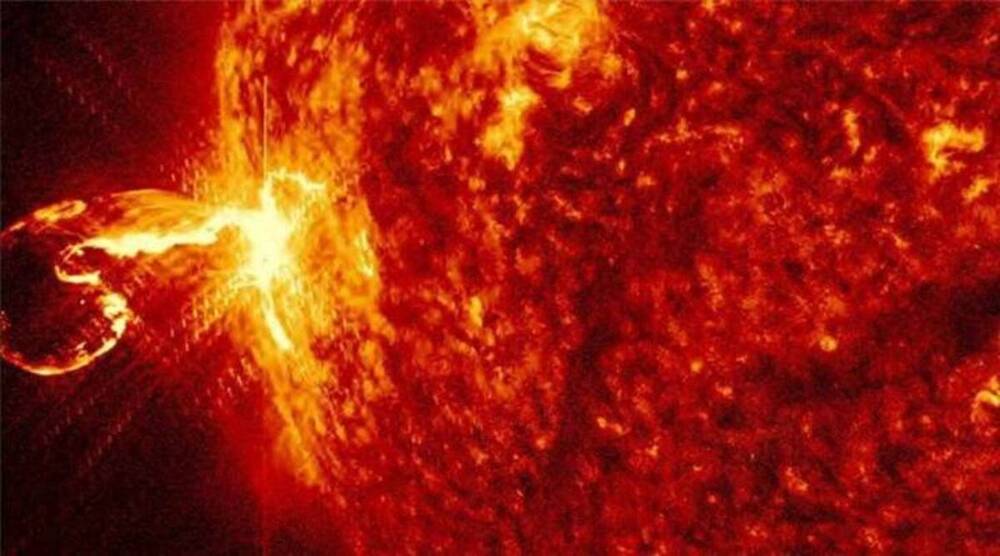
For the first time, space weather disruptions triggered by the Sun were measured using pulsars with the help of the upgraded Giant Metrewave Radio Telescope (uGMRT) in Pune.
Usually weighing 1.5 times more than the sun, pulsars are massive stars which rotate at a very high speed (up to 600 rotations per minute) and emit periodic radio flashes. Pulsars are considered the most accurate clocks in the universe and scientists accurately predict their flashes.
Using uGMRT, astronomers record pulsar radio flashes once every 14 days and it was during one such observation in February 2019 that they chanced upon Coronal Mass Ejection (CME). One such disruption, resultant CME, was confirmed based on the abnormally-delayed radio signals received from PSRJ2145 – 0750, the pulsar source under uGMRT observation, on February 23, 2019.
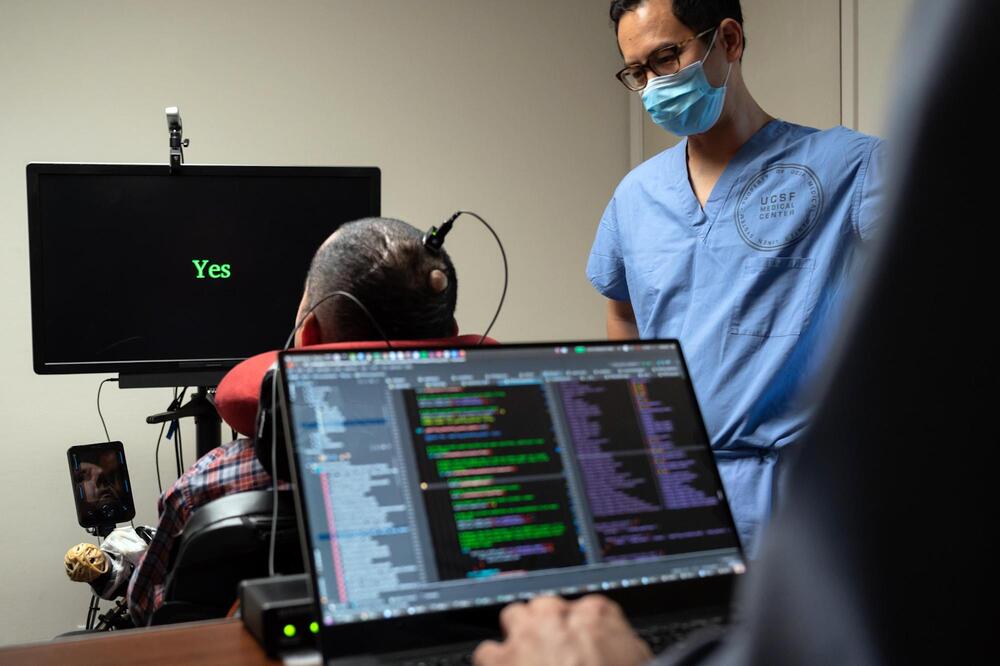
He has not been able to speak since 2003, when he was paralyzed at age 20 by a severe stroke after a terrible car crash.
Now, in a scientific milestone, researchers have tapped into the speech areas of his brain — allowing him to produce comprehensible words and sentences simply by trying to say them. When the man, known by his nickname, Pancho, tries to speak, electrodes implanted in his brain transmit signals to a computer that displays his intended words on the screen.
His first recognizable sentence, researchers said, was, “My family is outside.”
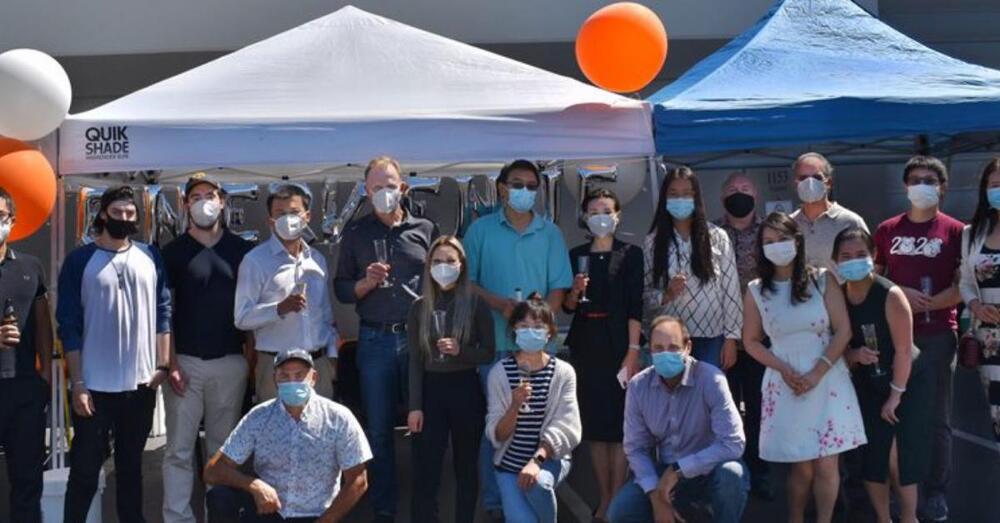
Circa 2020 a completely renewable source is a solid state metal hydrogen battery but currently metal hydrogen batteries are coming more popular but Ideally I want a dilithium crystal in my time machine DeLorean c;
EnerVenue raises $12m to bring aerospace-proven metal-hydrogen battery into grid storage.
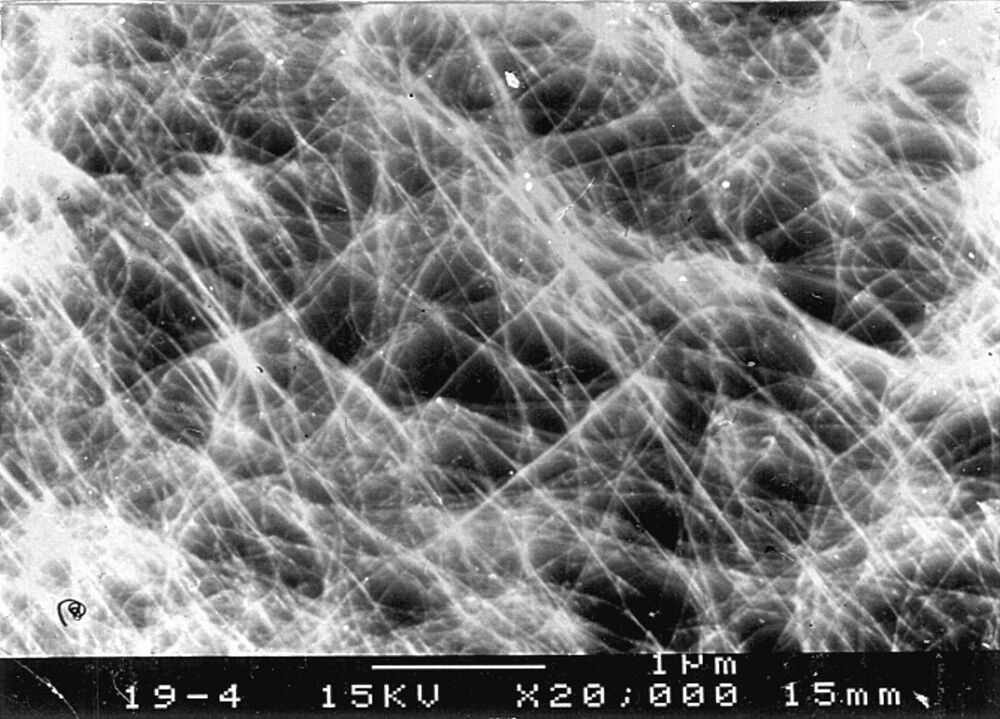
Circa 1999 could lead to a sorta room temperature hydrogen fill up.
Masses of single-walled carbon nanotubes (SWNTs) with a large mean diameter of about 1.85 nanometers, synthesized by a semicontinuous hydrogen arc discharge method, were employed for hydrogen adsorption experiments in their as-prepared and pretreated states. A hydrogen storage capacity of 4.2 weight percent, or a hydrogen to carbon atom ratio of 0.52, was achieved reproducibly at room temperature under a modestly high pressure (about 10 megapascal) for a SWNT sample of about 500 milligram weight that was soaked in hydrochloric acid and then heat-treated in vacuum. Moreover, 78.3 percent of the adsorbed hydrogen (3.3 weight percent) could be released under ambient pressure at room temperature, while the release of the residual stored hydrogen (0.9 weight percent) required some heating of the sample.


Circa 2019
Thanks to Stanford researchers, there might be a new recipe for hydrogen fuel: saltwater, electrodes and solar power. The researchers have developed a proof-of-concept for separating hydrogen and oxygen gas from seawater via electricity. It’s far cheaper than the current methods, which rely on creating hydrogen fuel from purified water.
Breaking up a substance like water to create hydrogen and oxygen is called electrolysis and is a scientific technique centuries old. It was first codified by British scientific legend Michael Faraday, whose two laws of electrolysis from 1834 still guide scientists today. With a power source connecting to two water-based electrodes, scientists can get hydrogen bubbles to come out of an end called an cathode, while oxygen comes out of an end called an anode.
That works fine for fresh water, but saltwater is trickier because of its ability to corrode electrodes with chloride, which would limit a system’s lifespan. The trick for Hongjie Dai, a professor of chemistry at Stanford, and his team was a change in materials.

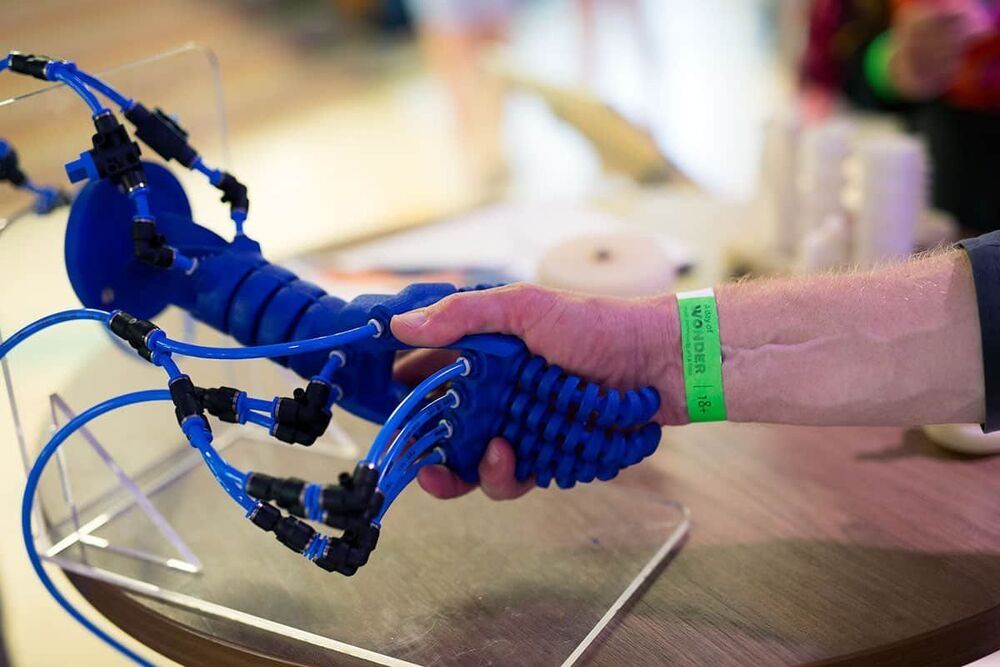
What are Soft Robots?
What are Soft Robots?Soft robots are largely made of readily malleable matter, such as fluids, gels, and elastomers, which may match specific materials in a process known as compliance matching. The idea of compliance matching states that materials that make contact with one other should have similar mechanical stiffness in order to transfer internal load uniformly and reduce interfacial tensile stress. This principle, nevertheless, does not applicable to rigid robots (E=109Pa) engaging with soft materials (E=102-106Pa), causing serious damage or mechanical immobility. These kinds of interactions with soft materials are common, for example, with natural skin, muscular tissue, and sensitive interior organs, but also with creatures, artificial predictor variables of biological functions, and so on. Because of this huge disparity in mechanical compliance, it’s simple to assume that stiff robots are unsuitable, if not hazardous, for close human engagement.